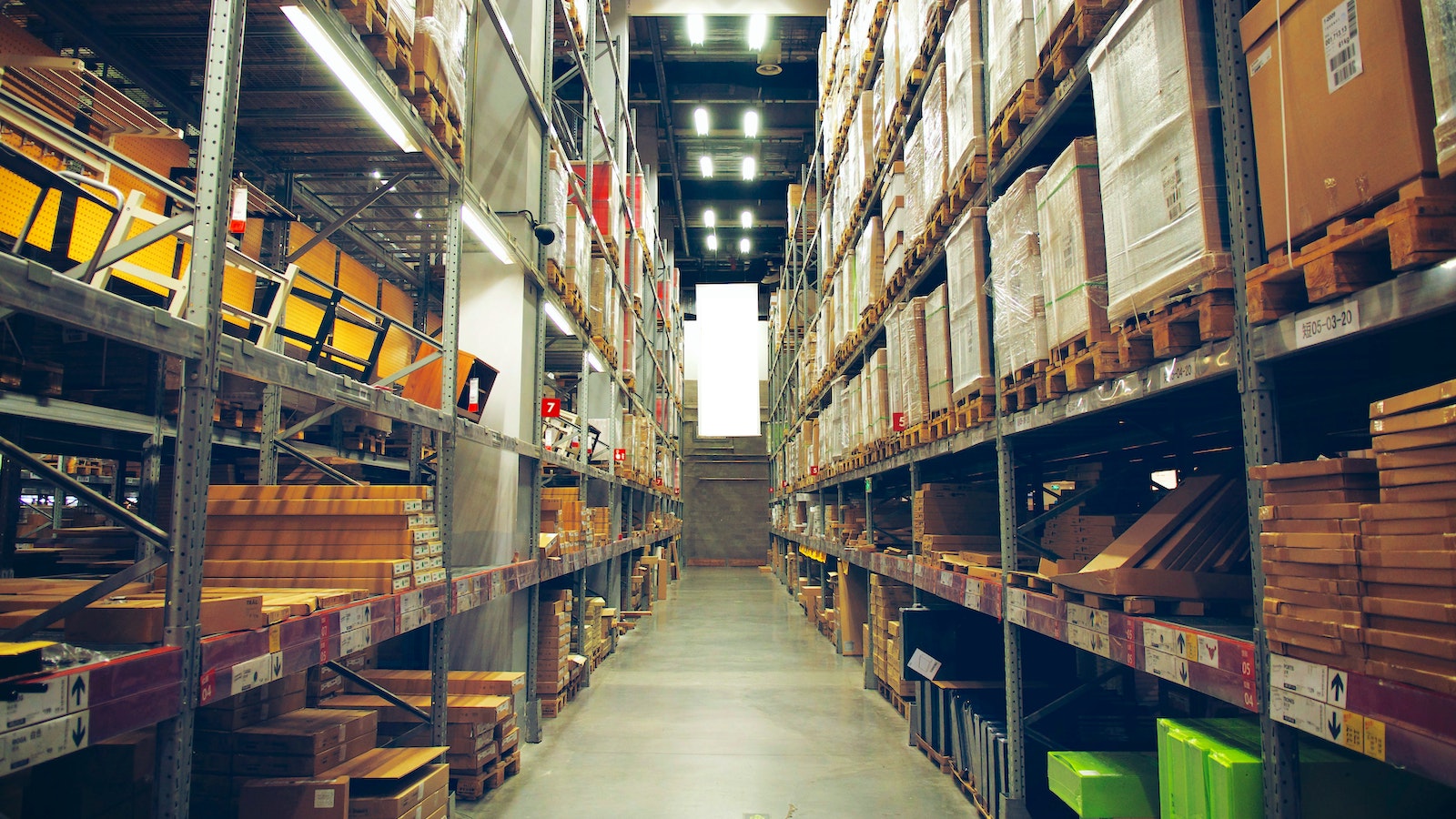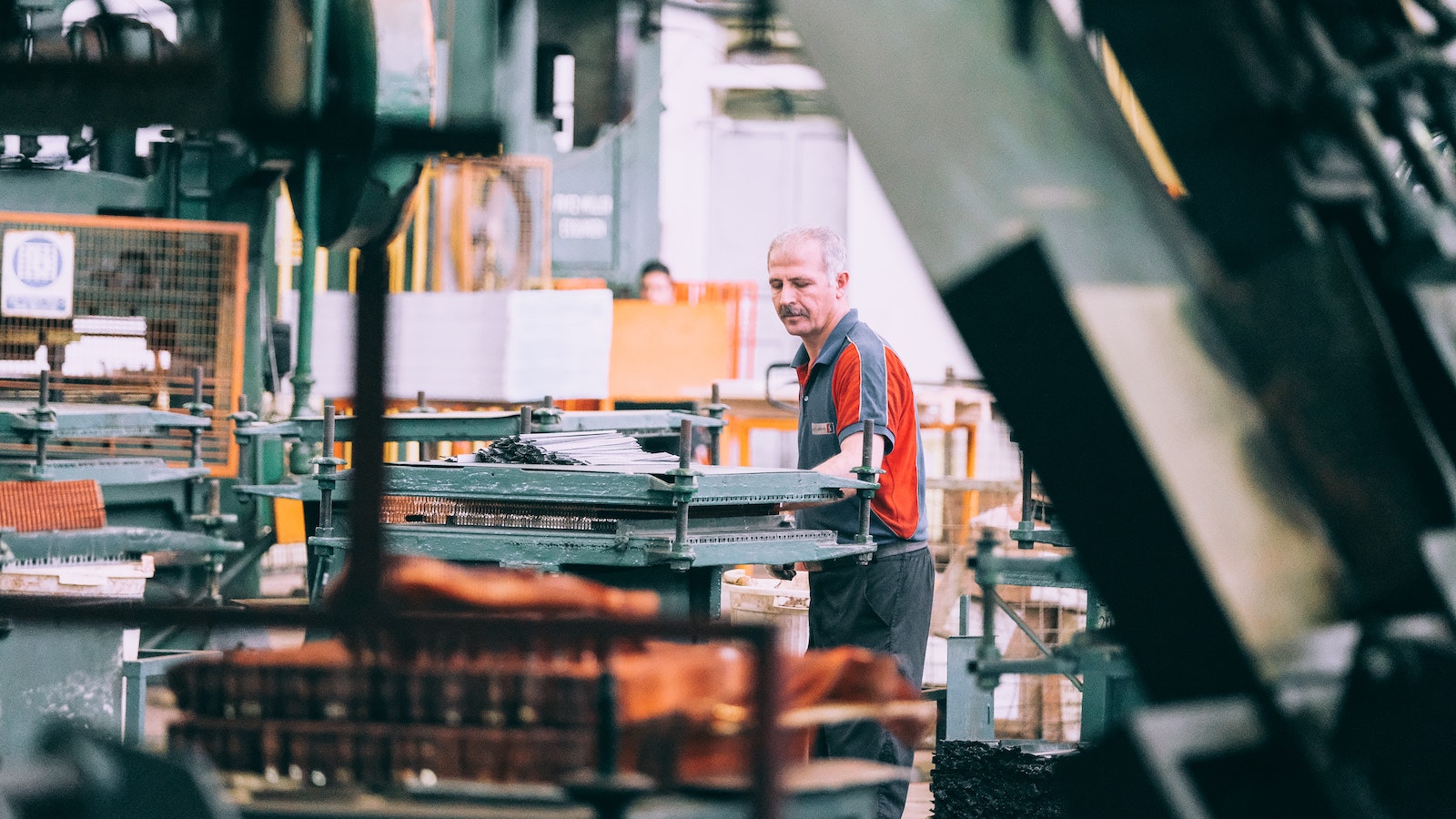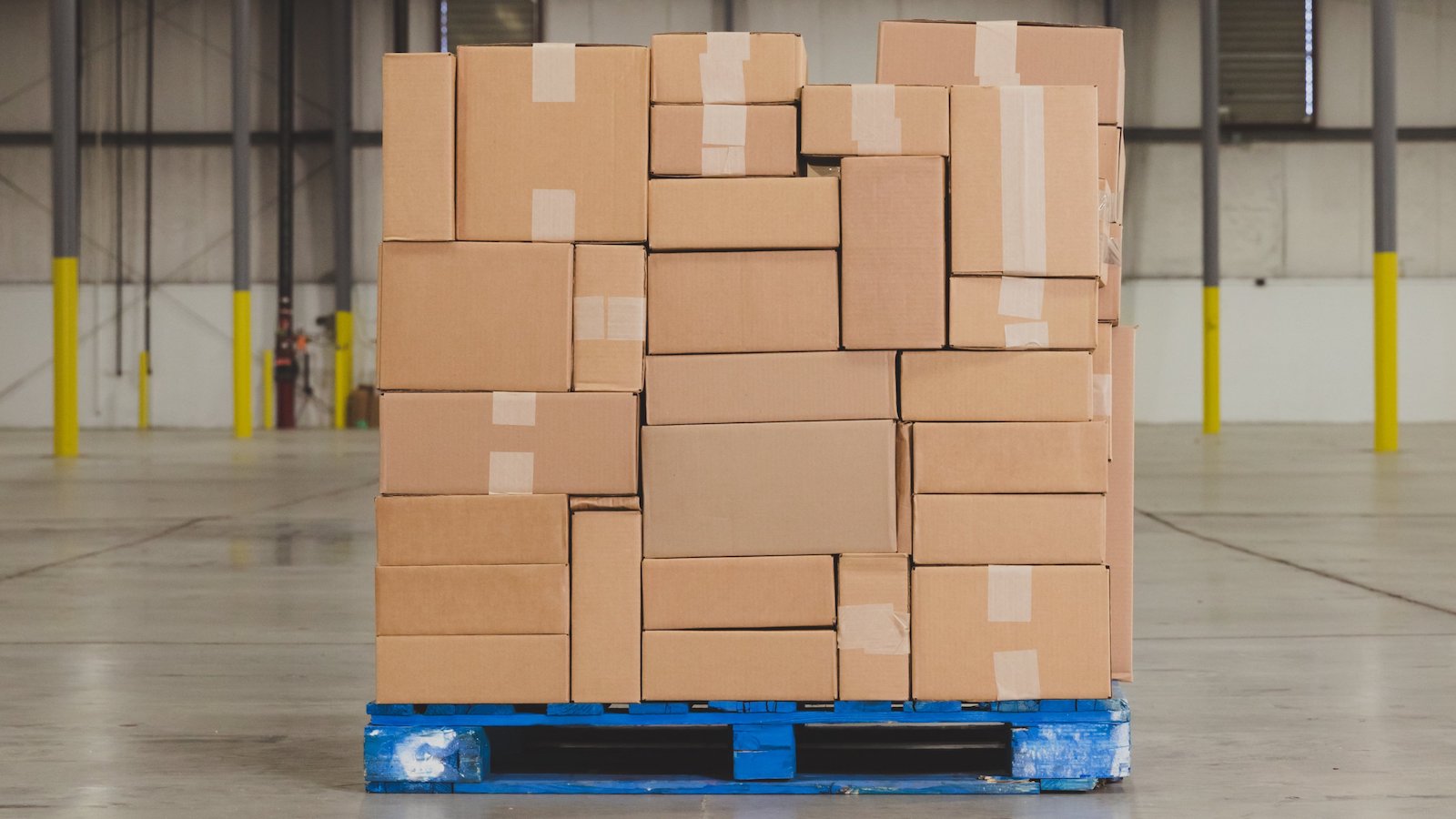Table of Contents
** Minutes
What is a micro fulfillment center?
Micro fulfillment centers vs. traditional warehousing
Downsides of micro warehousing and micro fulfillment centers
Is micro warehousing the future of ecommerce?
Benefits of micro warehousing and micro fulfillment centers
Alternative solutions to micro fulfillment
How ShipBob solves a range of fulfillment problems
As an ecommerce business grows, there are many changes it will undergo along the way. Brands can expect to celebrate wins, face challenges, and experience various growing pains. Learning how to manage increased demand can be categorized as all of the above.
Rising demands will lead to a need for increased fulfillment capacities, which will then come with its own set of challenges. Throughout its lifetime, an ecommerce business will have to make considerations for how to adapt and thrive, sometimes having to reassess factors like warehouses and fulfillment centers.
During this process, you may even consider if switching to micro fulfillment centers may be beneficial to your business. This post helps you explore those possible benefits and whether or not you should use micro warehousing.
What is a micro fulfillment center?
A micro fulfillment center (or MFC) is a small-scale storage facility that is used by ecommerce businesses to store their inventory closer to the end consumer so they can reduce cost and transit times. These fulfillment centers are often highly automated, helping to improve operational efficiency.
Micro fulfillment centers vs. traditional warehousing
Other than their purpose, micro fulfillment centers and traditional, large-scale warehouses are starkly different in terms of size. As a result, they each have their unique set of benefits for businesses.
Micro fulfillment centers
No larger than 10,000 square feet, micro fulfillment centers operate on a smaller scale. They’re normally located in an existing store or warehouse so as not to disrupt normal operations. Due to their smaller capacity, they can only carry about 24-48 hours’ worth of inventory and require regular restocking. These fulfillment centers are not intended for long-term storage but are meant for having products ready to pick, pack, and ship as soon as orders come in.
Larger fulfillment centers
Larger fulfillment centers typically fall in the 300,000-square-foot range but can be much larger depending on the size of operations. For example, both Amazon and Nike have substantial fulfillment centers in Tennessee. Amazon’s fulfillment center is around 3.6 million square feet and Nike’s distribution center is 2.8 million square feet.
Larger fulfillment centers have enough space to store massive amounts of inventory, which may last for several months of operations and may not need to be replenished as often.
Downsides of micro warehousing and micro fulfillment centers
Micro warehousing can bring down the cost of fulfillment while speeding up delivery times. This option can be a serious consideration for many businesses that are looking to optimize their operational processes. However, it’s also important to consider some of the challenges you’ll have to face when utilizing micro fulfillment centers.
Requires constant inventory replenishment
With micro fulfillment centers being unable to store large amounts of inventory at a time, replenishment can be a challenge. They can only hold inventory for about 24-48 hours’ worth of operations, which means you need to be proactive with your inventory reorders. Having an automated system in place to handle your inventory reorders is essential when using a micro fulfillment center.
That being said, you’ll still need to consider the high cost of regularly transporting goods from one place to another.
Relies on unpredictable consumer demands
Consumer demand is constantly changing, with unprecedented situations often influencing it. The market changes resulting from COVID-19 are proof enough that businesses can’t always predict how consumer demands will shift. So with micro warehousing, the limited storage capacity can make it challenging to quickly adapt to these unpredictable changes in demand.
For example, you may see a surge in demand overnight because an influencer posted about your organic soaps. The limited inventory in a micro fulfillment center may not be enough to fulfill all the orders that are coming in from different parts of the country.
Increased risk of stockouts
As a result of the limited capacity, micro fulfillment centers may not always be able to keep optimal levels of inventory at all times. And unpredictable changes in consumer demand can often lead to stockouts, which will throw your whole supply chain for a loop while leaving you with many disappointed customers.
Depends on customer locations
One of the biggest benefits of micro warehousing is storing inventory closer to where your main markets are.
But since this system is highly dependent on customer locations, it also means that changes in the market and existing customer profiles can have a negative impact on your operations and may require constant reassessment.
Not viable for all SKU types
Many micro fulfillment centers are highly automated to improve operational efficiency. While this is undoubtedly a good thing, it also means that micro warehousing isn’t always suitable for all types of products such as larger items.
You may end up seeing significant wear on your machines as a result of fulfilling heavy items like furniture and large household appliances. Not to mention large SKUs take up space, so you’ll have to resort to storing fewer items to align with the storage capacity of micro fulfillment centers.
Is micro warehousing the future of ecommerce?
As consumers come to expect fast and free shipping thanks to the fulfillment experience offered by large retailers like Amazon, smaller businesses feel the pressure to meet these expectations too.
That’s why outsourced fulfillment options and micro warehousing have become so popular in the past few years. These solutions help to address the fulfillment needs of growing ecommerce businesses.
Micro warehousing brings inventory closer to end consumers to speed up transit times, allowing businesses to offer faster delivery times. The main limitation is storage capacity, as micro fulfillment centers can only store about two days’ worth of inventory. Micro fulfillment centers may be unable to handle the large fulfillment needs of growing ecommerce operations.
However smaller businesses, especially ones with limited resources and smaller fulfillment needs, may find micro fulfillment centers ideal for optimizing their fulfillment processes.
For larger businesses and scaling ecommerce operations, outsourcing fulfillment to a 3PL is an innovative way to optimize the delivery experience without the massive investments needed with larger fulfillment centers and the capacity restrictions of micro fulfillment centers. Businesses can leave order fulfillment processes like picking, packing, and delivery to the experts and scale their delivery experiences to the level of retail giants like Amazon.
Moreover, 3PLs can store large amounts of inventory across a vast network of fulfillment centers to speed up delivery times while avoiding capacity limitations.
Benefits of micro warehousing and micro fulfillment centers
While micro warehousing has its challenges, the benefits may outweigh the limiting factors for some brands depending on their goals.
Accelerated order fulfillment
As mentioned earlier, most micro fulfillment centers are highly automated. For instance, picking lists are automatically generated to optimize the process and the process itself is often carried out by machines, where applicable. This significantly speeds up order fulfillment, ensuring that orders are sent out the door shortly after they are received.
Faster delivery times
Micro fulfillment centers are located close to the end consumers, which means that orders are delivered quickly since they have to travel for shorter durations. In addition, since packages have to cross fewer shipping zones, the cost of shipping is lower which allows businesses to offer their customers fast and affordable delivery experiences.
Enhanced customer service
By utilizing micro fulfillment centers, businesses are able to enhance the customer experience thanks to faster deliveries. Additionally, having fulfillment locations closer to customers enables returns, refunds, and exchanges to be completed more quickly, which increases customer satisfaction.
Many micro fulfillment centers function as dark stores, where customers can pick up their orders locally without having to wait for shipping. As a result, businesses can further improve the customer experience by offering multiple delivery and pickup options.
Cost-effective expansion
Giant fulfillment centers has are expensive to set up and operate (think back to Amazon and Nike’s huge distribution centers). Smaller businesses don’t have the budget or resources to have a storage facility of such scales. With micro warehousing, businesses can offer faster fulfillment experiences without having to invest as much. While there might be some capacity restrictions, using micro fulfillment centers makes it easier for brands to scale their operations.
Increased sales
By offering fast and affordable shipping via micro fulfillment center, you’re removing two of the most common barriers when it comes to consumers buying products: slow shipping speeds and expensive shipping costs.
As more people end up converting, you drive more sales. Increased sales means increased revenue, which can then help you to scale your business.
Alternative solutions to micro fulfillment
Micro fulfillment centers allow faster fulfillment without huge financial investments. This may be perfect for small-scale businesses that aren’t looking to grow their operations significantly.
But the smaller capacities may not be viable for scaling ecommerce businesses that are seeing increased fulfillment demands. And with giant fulfillment centers like that of Amazon not being a financially feasible solution, there’s a need to consider other alternatives.
Let’s take a look at some of the best alternative solutions to micro warehousing:
Logistics centers
Businesses can opt to partner with logistics centers, which are essentially warehouses that also provide some additional logistics services in addition to storage space. Some logistics centers even have several locations within their network, so you can distribute your inventory across multiple regions.
These are a good alternative to micro fulfillment centers since they have the capacity to take on more inventory to support your growing fulfillment demands. But keep in mind that some logistics centers may be a bit limited in that they only oversee the transferring of goods between different distribution centers. It’s important to carefully assess the level of service that a logistics center can provide before deciding to partner with one.
Distribution centers
Ecommerce businesses can also choose to store and ship out products from distribution centers. These are specialized warehouses that function as a hub for strategically storing finished goods while also handling other value-added services like order fulfillment. They’re a bit more robust than logistics centers, going beyond storage services and helping ecommerce businesses to optimize their supply chain.
Distribution centers also offer inbound and outbound logistics services, taking care of the entire process of receiving inventory and delivering orders to the end consumers. Usually operated by 3PLs, distributions centers can even provide dedicated support, infrastructure, and technology to help ecommerce businesses save on time and logistics cost.
How ShipBob solves a range of fulfillment problems
Partnering with a 3PL like ShipBob is a great way to solve all the major fulfillment problems that you may face – whether you’re a small-scale business or a growing brand. With a distributed network of fulfillment centers and robust technology, ShipBob is the only fulfillment partner you need to streamline your supply chain processes.
Manage your inventory efficiently
Inventory management is a major challenge for most ecommerce businesses, especially if they have a large amounts of SKUs. It can be difficult to keep track of how your inventory is moving, how much of it you have, and when you need to order more. So your inventory storage needs go beyond simply warehousing your products.
ShipBob lets you sync your inventory with your online store, providing you with real-time updates on inventory levels. This means you can proactively keep track of when to reorder inventory across different fulfillment centers and prevent stockouts.
Distribute your inventory strategically
One of the main perks of micro warehousing is being able to store your inventory closer to your end customers to improve shipping speeds and decrease costs. With ShipBob’s 3PL services, you can enjoy the same perks through our distributed network of fulfillment centers. This allows you to store your inventory strategically across multiple locations and send orders out from the nearest fulfillment center to the final-mile delivery destination.
Additionally, the ShipBob technology automatically provides you with recommendations on how to best distribute your inventory based on historical performance and sales data. This helps you to keep your shipping costs low while maintaining optimal levels of inventory across major markets. For example, if you see that a certain region is seeing high inventory turnover for a particular SKU, you can relocate some of the stock from a slow-moving fulfillment center to optimize the distribution.
Provide 2-day shipping
While 2-day shipping was once considered a luxury, it has now become the norm in the ecommerce industry with retail giants like Amazon and Walmart changing consumer expectations. Working with ShipBob enables you to meet these expectations by storing your inventory closer to where your customers are.
In addition, our existing relationships with leading shipping carriers can give you discounted shipping rates so your customers can still enjoy expedited shipping at affordable rates.
Improve your returns management process
The returns process plays an important role in the overall customer experience, which calls for a need to optimize it. ShipBob helps you update your returns management process by handling returned orders and integrating with your returns software to streamline the entire experience for your customers.
Operating your own micro fulfillment center?
If you’re running your own micro fulfillment center and need a powerful warehouse management system to improve your processes and workflows, ShipBob’s WMS might be the solution for you.
Our proprietary WMS is an all-in-one platform that improves your fulfillment with features like warehouse, inventory and order management, pick and pack processes, reporting and analytics, access to our Developer API, and more.
If this sounds like the system your facility needs, connect with our team to learn more.
Micro fulfillment center FAQs
Here are answers to the top questions about micro fulfillment centers.
How much does a micro fulfillment center cost?
It typically costs around $3-$5 per order to fulfill orders through a micro fulfillment center.
Does micro warehousing increase supply chain efficiency?
Micro warehousing improves supply chain efficiency to some extent, since it enables faster shipping and accelerated fulfillment. However, the addition of nodes may increase the complexity of your supply chain.
What is the purpose of a micro fulfillment center?
The purpose of a micro fulfillment center is to store inventory closer to the end consumers so that goods don’t have to travel too far to be delivered, which can reduce shipping cost and transit times.
Are micro fulfillment warehouses part of last-mile delivery?
Micro fulfillment warehouses are typically the last node before orders are delivered, making them a vital part of last-mile delivery.
Is micro warehousing popular for ecommerce businesses?
With the need to provide faster deliveries and the reasonably lower cost, micro warehousing has become very popular among ecommerce businesses.
Does ShipBob provide micro fulfillment?
ShipBob has dozens of fulfillment centers across the world, allowing ecommerce brands to split their inventory across regions.



